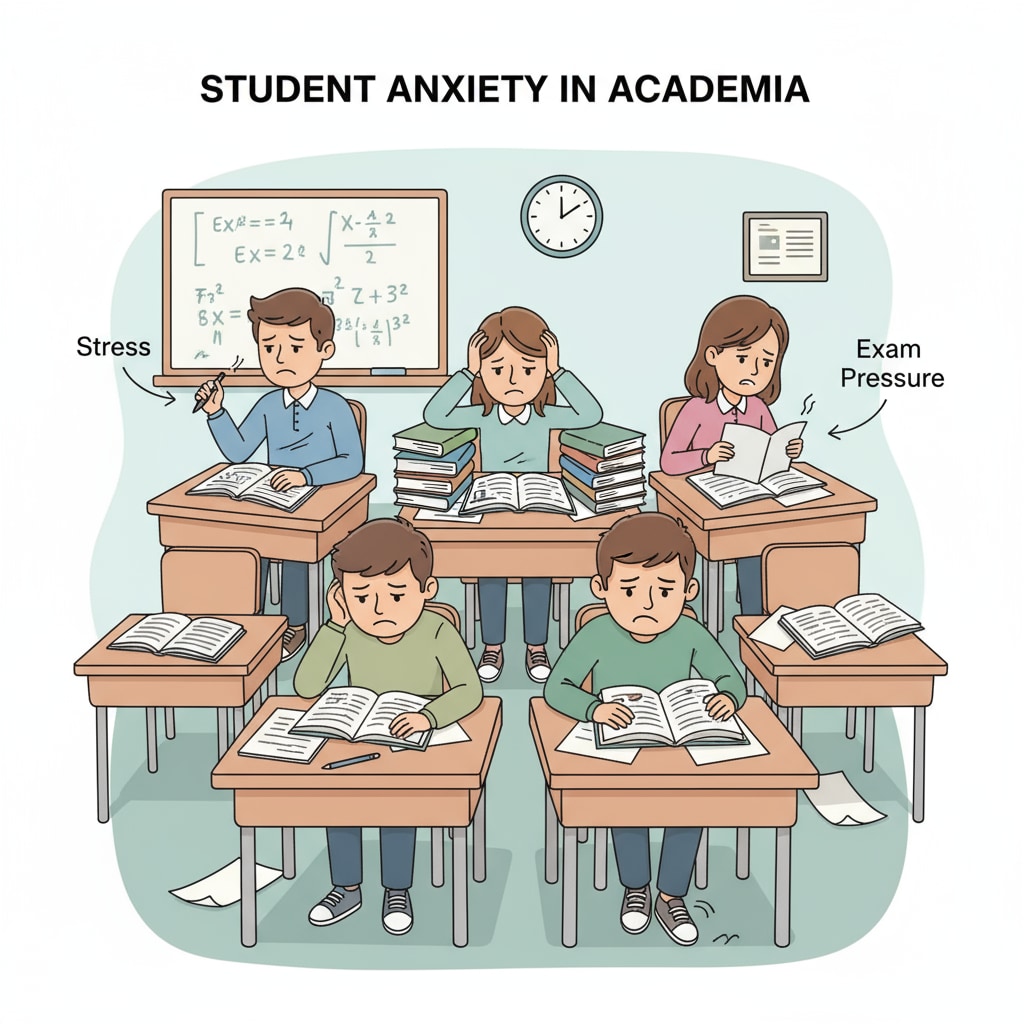Learning anxiety, self-doubt, and learning difficulties are common challenges that many students in the K12 stage face. These issues can significantly impact a student’s academic performance and overall well-being. For example, a student may experience self-doubt when they struggle to understand a complex math concept, which can then lead to learning anxiety. This can create a vicious cycle that hinders their learning progress.

The Root Causes of Learning Anxiety and Self-Doubt
There are several factors that contribute to learning anxiety and self-doubt. One major cause is high expectations from parents, teachers, or even oneself. When students feel pressured to achieve top grades or meet certain standards, they may start to doubt their abilities. According to Anxiety on APA, academic stress is a leading cause of anxiety among students. Additionally, past failures or negative experiences in learning can also trigger self-doubt. If a student has repeatedly struggled with a particular subject, they may be more likely to feel anxious when approaching it in the future.

Recognizing the Signs of Learning Anxiety and Self-Doubt
It’s important to be able to recognize the signs of these issues. Physical symptoms such as increased heart rate, sweating, or difficulty concentrating can be indicators of learning anxiety. Behaviorally, students may avoid studying, procrastinate, or show a lack of interest in learning. Self-doubt can be manifested in negative self-talk, like “I’m not smart enough” or “I’ll never be able to do this.” By being aware of these signs, students and parents can take proactive steps to address the problems.
To overcome learning anxiety and self-doubt, students can adopt several strategies. First, setting realistic goals is crucial. Instead of aiming for perfection, break down large tasks into smaller, achievable steps. This way, students can build confidence as they complete each step. Second, practicing relaxation techniques such as deep breathing or meditation can help reduce anxiety. According to Relaxation Techniques on Mayo Clinic, these techniques can calm the mind and body. Finally, seeking support from teachers, parents, or peers can provide valuable perspective and encouragement.
Readability guidance: As seen above, we’ve used short paragraphs to make the content easier to digest. Each H2 section has key points presented clearly. We’ve also kept the passive语态 to a minimum and used transition words like “first,” “second,” and “finally” to enhance the flow of the article.


